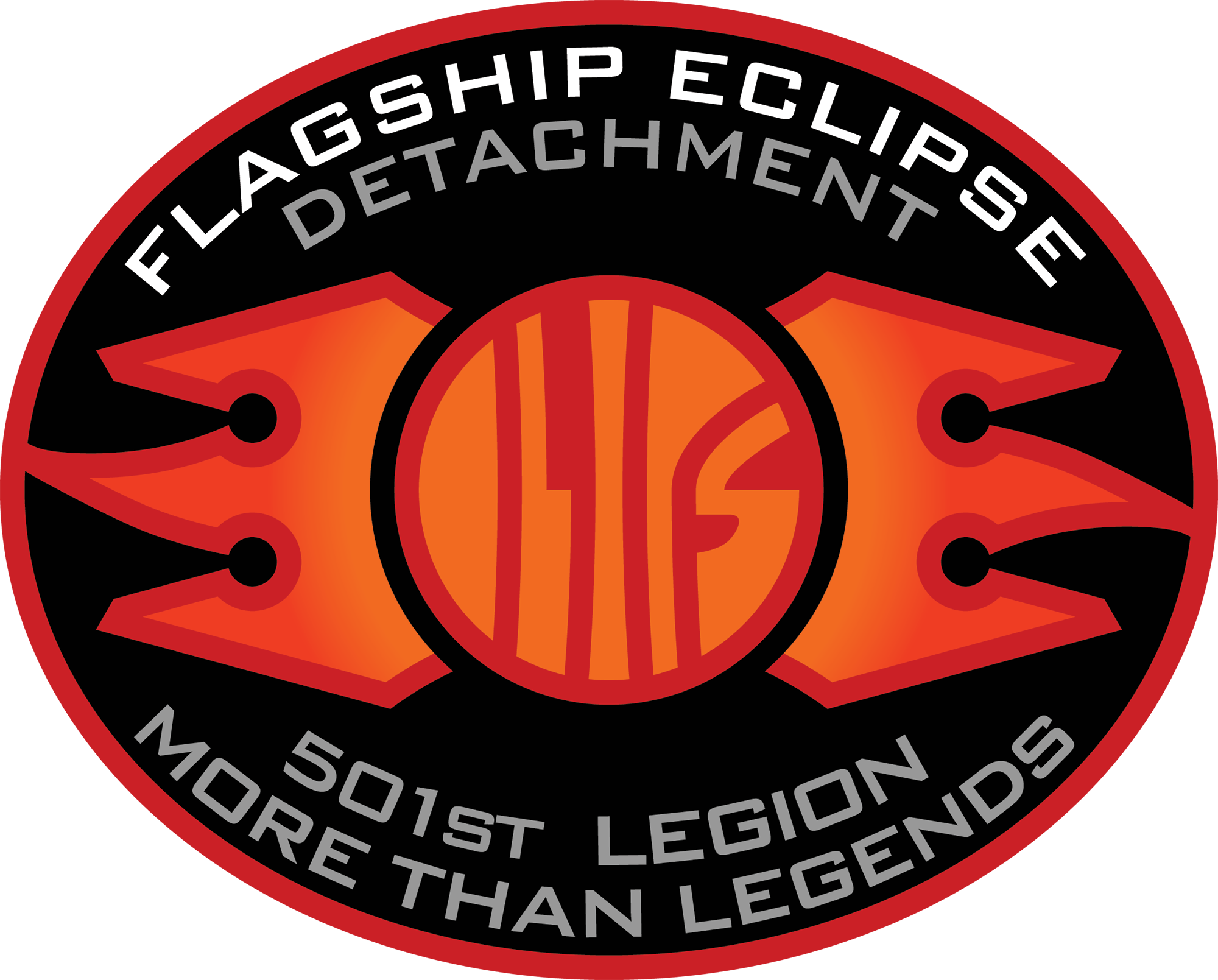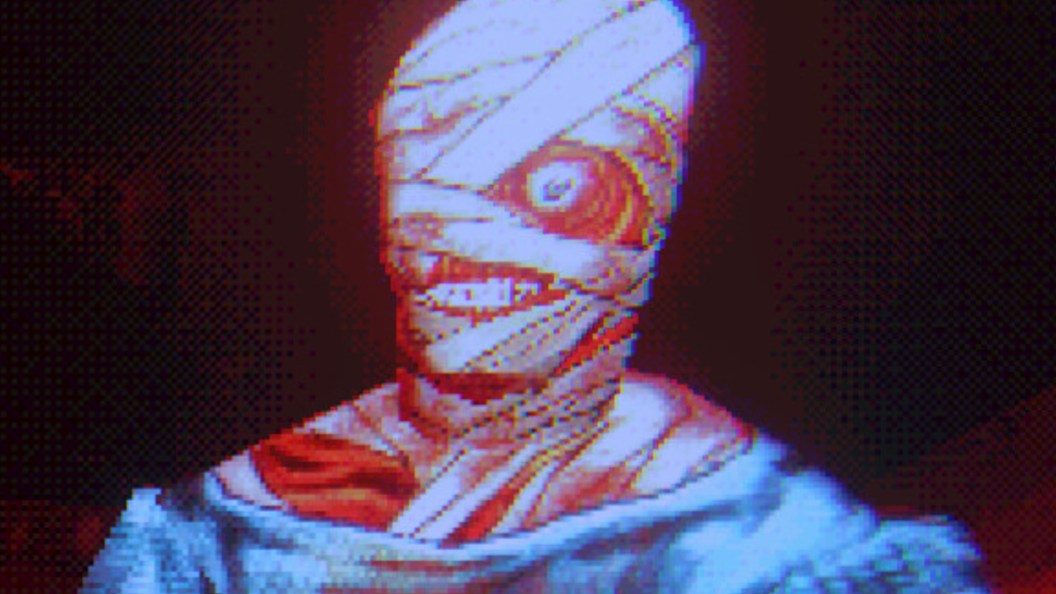
I’ve been consuming indie horror in some form for over a decade, being an avid watcher in the YouTube community, and a courageous gamer of all things horror. But there’s something that’s been bothering me—a scratching at the back of my brain every time I launch a new horror game. There’s a darkness in the indie realm that isn’t as obvious as its genre. Yet, its darkness is all-consuming to the masses.
The terrifying truth is that I’m starting to get scared of indie horror games even though I’ve been playing them for years. But not because of the games themselves, no—it’s because children won’t stop watching them.
The Rise of Indie Horror
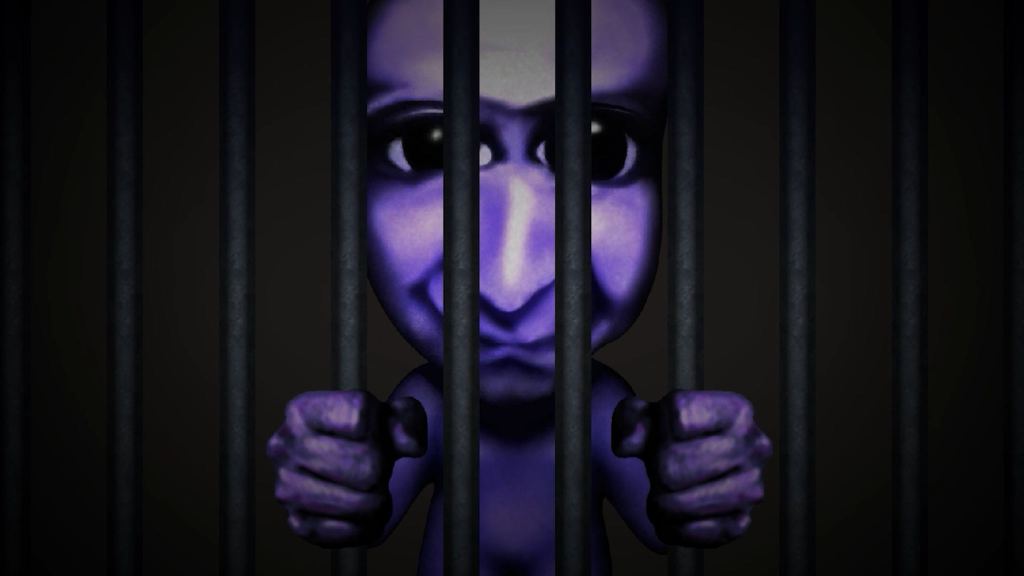
Indie horror games have risen in popularity over the years thanks to YouTube. Massive content creators like PewDiePie, Markiplier, CoryxKenshin, Jacksepticeye, ManlyBadassHero, and many, many more have developed a following for playing scary games. Watching YouTubers play horror games became a weekly event with videos around 10 minutes long, and sent titles such as Amnesia: The Dark Descent, Ao Oni, The Cat Lady, Cry of Fear, The Crooked Man, and Slender: The Eight Pages soaring in the early 2010s.
RELATED: Five Horror Games That Desperately Need Remakes or Remasters
This new era of horror was all fun and games as it introduced tame horror that could be enjoyed by all age groups. Screaming with your friends over jagged pixels that jumped out at you was as entertaining as pranking a friend with the maze game. These weren’t inherently a problem as the first instances of horror on YouTube were so clearly fiction.
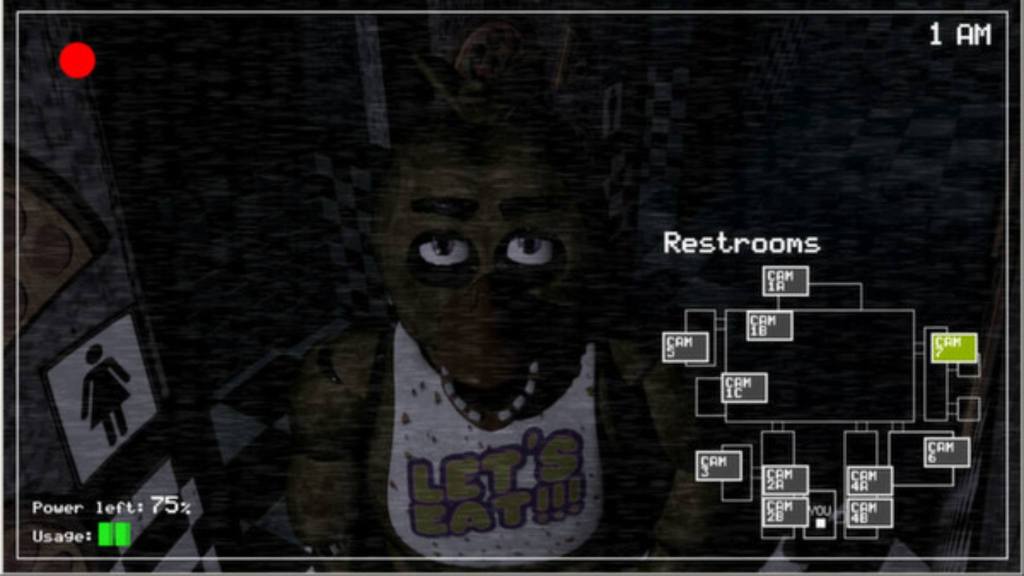
Things changed, however, when that awful case resulting in the stabbing of a little girl happened on May 31, 2014. And who did the assailants blame? Slender Man.
Now, I’m not saying video games are bad. I’m not one of those people who think FPS games will make teenage boys more violent. The Slender Man case was a one-off. But there was a clear shift when the first Five Nights at Freddy’s came out in 2014. The first game was brilliant and it changed point-and-click horror forever. But the increasingly complicated lore quickly moved the series away from a simple game about bloodthirsty robots and into macabre stories about dead children and a serial killer.
The Target Audience Shift
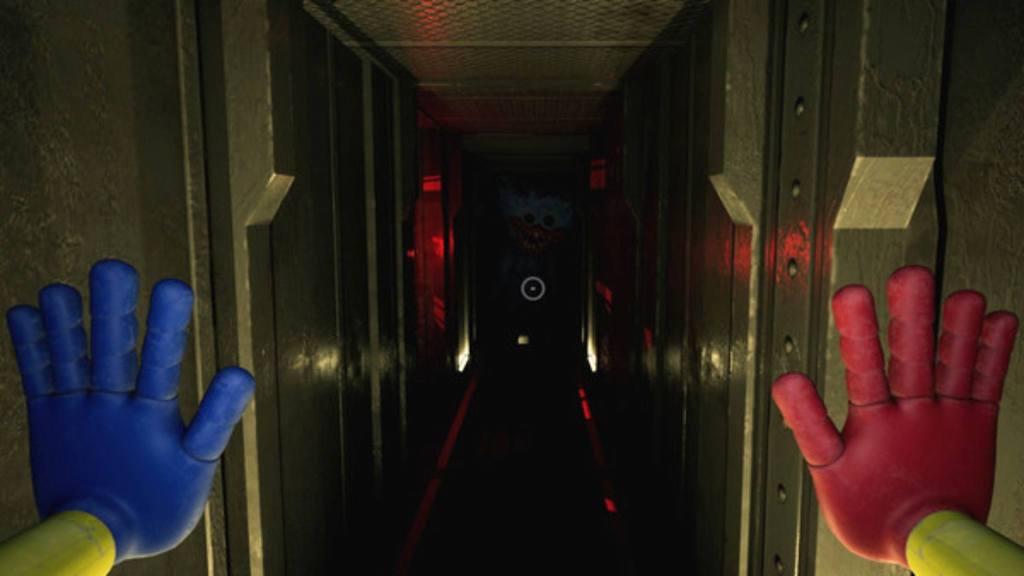
Five Nights at Freddy’s pioneered a new subgenre of indie horror: Mascot. Bendy and the Ink Machine, Poppy Playtime, Indigo Park, and Finding Frankie would follow years after FNAF’s rise. Mascot horror started to move away from horror that adults could enjoy as their childhood nightmares were brought to life, and into a space where children could easily join in.
This isn’t an issue only in video games, however. Horror has become increasingly more accessible for children and young teens. Think Stranger Things and Fear Street on Netflix, which has visual gore that shouldn’t be consumed by young age groups, even though it’s directly targeting this with its school setting. Looking back at older films that were originally rated R or 18+, they look tame compared to what teens are watching now. They’d probably laugh at The Terminator and The Exorcist. Hell, actual horror films aren’t nearly as gory or dark as Stranger Things is. Worst of all is how films like Blink Twice and Eden Lake get an R rating (or a 15), yet feature realistic rape and murder scenes. Drugs, sex, and trauma are now glamorized (thanks to shows such as 13 Reasons Why and Euphoria), and it’s bleeding into indie horror.
The Glamorization of Trauma and the Lack of Understanding

Let’s look back at 2024 and some of the most popular titles on YouTube. We have Mouthwashing, a story where we play as a monster that raped and impregnant a woman who later killed herself. There’s Bad Parenting, a story about a young boy who was murdered by his father, where we play as his ghost, who manifested his trauma to see his father as a Santa Claus-like character called Mr. Red Face. The Hole gave us yet another monster to play as, who was sexually abusing his daughter, with clear visual euphemisms of rape throughout. This content only came out last year and is readily available on YouTube, likely already uploaded by your favorite streamer.
As an adult, I love these dark indie horror games I’ve listed above, and want to see more because they rely on the subject matter to disturb you, rather than jump scares, lighting, and obvious scary imagery. But this content shouldn’t be consumed by teens and never children.
Just look at the reddit page for Mouthwashing and you’ll see what has become of a community I don’t want to be a part of. A morbid story showing the importance of standing up against something wrong has been twisted into a fantasy. There’s fan art sexualizing Jimmy (the protagonist), sometimes depicting him harming Anya, or viewing Anya as a woman who hated her unborn baby, rather than the victim that she actually was. Young audiences cannot grasp the complexity of these darker themes because their mind works differently compared to adults.
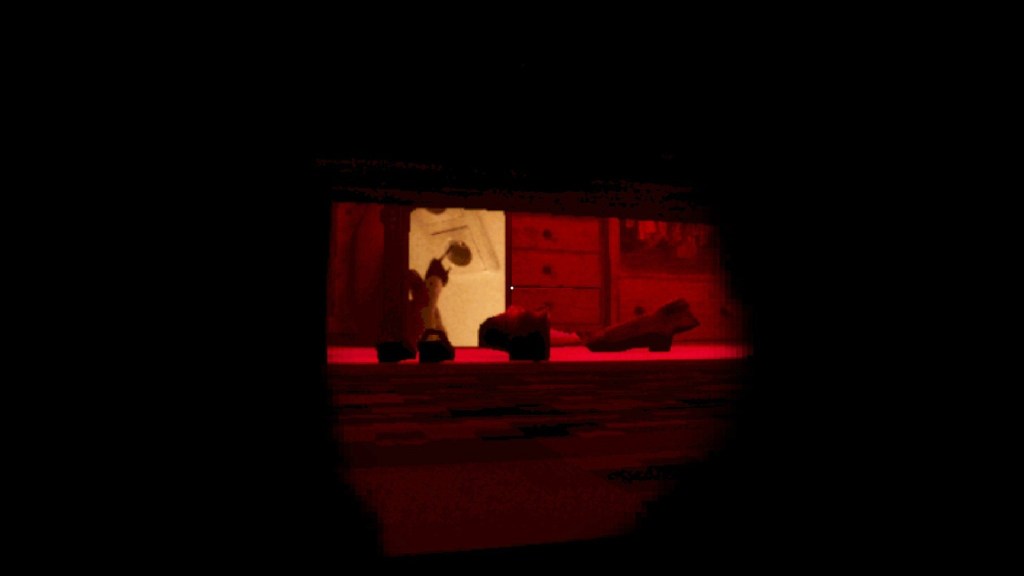
I believe the fault for this trend lies in all parties involved, but they’re not to be directly blamed for this rising issue. YouTubers need to pay their bills and they shouldn’t be forced to play child-friendly content when there are so many fantastic games that dive into more nuanced horror, away from jump scares, monsters, and ghosts. YouTube restricts videos where swearing is involved, and while there are legendary creators like CoryxKenshin that follow all the guidelines, his content is getting increasingly darker (but this isn’t his fault). Child abuse, sexual assault, cannibalism, and trauma-coded scenes with visual euphemisms are rampant in the indie horror realm and are only becoming more popular.
These are amazing games for adults, but seem damaging to younger audiences. I remember Fingerbones being one of the most disturbing games when it dropped in 2014, but these subject matters are now the norm and aren’t restricted to in-game note-reading. Lore is getting increasingly more important in the indie horror sphere, and is now vital to hold the attention of an ongoing series.

Nuanced horror with dark themes exist in powerhouses like Silent Hill, yet these franchises weren’t so on-the-nose. You had to analyze to see it. Now, it’s just out in the open.
There’s also the increasing concern that indie horror developers aren’t making what they need to survive, even though their work is being consumed by the masses in the form of streaming and YouTube videos. Popular developers Puppet Combo and Chilla’s Art get next-to-no reviews on Steam, yet pull hundreds of thousands of views for free on YouTube. A solution would be for creators to censor content when it’s so obviously not meant to be viewed by younger audiences, as they know their viewership percentages (specifically how many of their subscribers are young).
There are so many amazing indie horror games that handle dark and psychological themes in a beautiful way (e.g., We Harvest Shadows), or others that have a mysterious setting or deal with cosmic ideas (e.g., Static Dread and No, I’m Not a Human). Still, this disturbed content should stay in the adult world where it belongs for the fear that teens are consuming overtly dark material will continue to rise.
The post I’m Worried About the Current State of Indie Horror Games appeared first on ComicBook.com.
